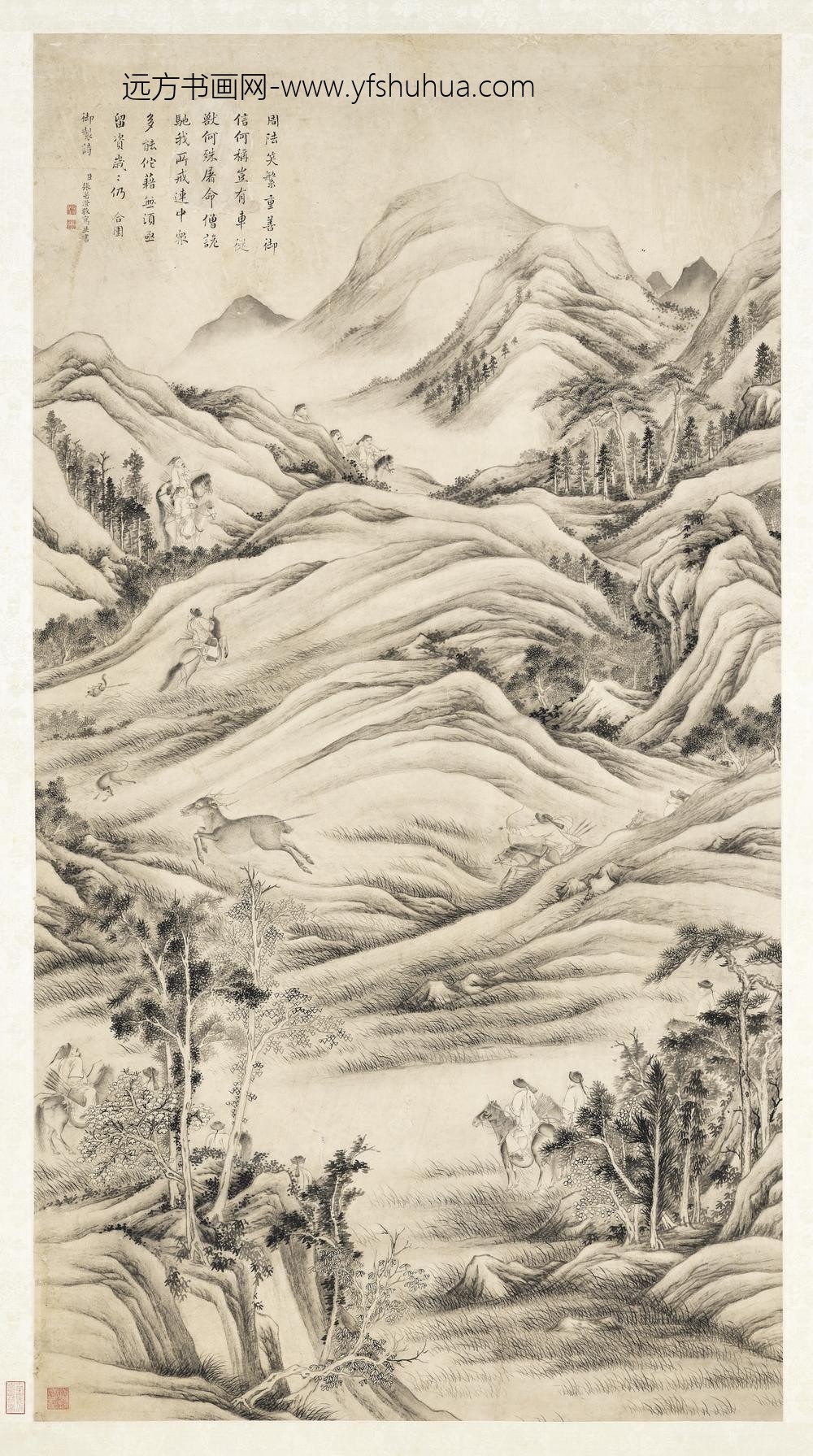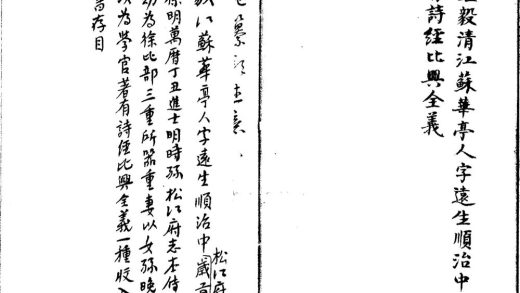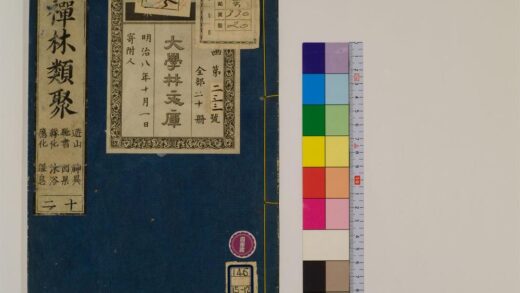【作品基本信息】
| 作者 | 张若澄 |
| 品名 | 合围图轴 |
| 朝代 | 清代 |
| 文件大小 | 18.03MB |
| 分辨率(DPI) | 300×300 |
| 像素大小 | 1832×3282 |
| 尺寸(CM) | 15.51×27.78 |
| 作品数量 | 1 |
| 作品收藏 | 台北故宫博物院 |
| 图片格式 | 默认提供TIF和JPG两个版本 |
基本数据
| 藏品类型 | 绘画 |
| 品名 | 清张若澄合围图 轴 Hunting Scenes |
| 分类 | 绘画 |
| 作者 | 张若澄 |
| 数量 | 一轴 |
典藏尺寸
| 【位置】 | 【尺寸】(公分) |
| 本幅 | 135×73.4 |
| 本幅 | 92 |
质地
| 【质地位置】 | 【质地】 |
| 本幅 | 纸 |
题跋数据
| 【题跋类别】 | 【作者】 | 【位置】 | 【款识】 | 【书体】 | 【全文】 |
| 作者款识 | 张若澄 | 本幅 | 臣张若澄敬写并书 | 行楷书 | 周阹笑繁重。善御信何称。岂有车从兽。何殊屠命僧。诡驰我所戒。连中众多能。佗藉无须亟。留资岁岁仍。合围。御制诗。臣张若澄敬写并书。 |
| 印记: 臣张若澄、朝朝染翰 |
|||||
| 题签 | 张若澄墨笔合围图直幅纸本有自题御制诗。 | ||||
印记资料
| 【印记类别】 | 【印记】 |
主题
| 【主题类别】 | 【主题(第一层)】 | 【主题(第二层)】 | 【主题说明】 |
| 主要主题 | 经史‧故事 | 合围图 | |
| 其他主题 | 山水 | ||
| 其他主题 | 山水 | 云 | |
| 其他主题 | 树木 | ||
| 其他主题 | 树木 | 松 | |
| 其他主题 | 花草 | 草 | |
| 其他主题 | 走兽 | 马 | |
| 其他主题 | 走兽 | 鹿 | |
| 其他主题 | 走兽 | 狗 | |
| 其他主题 | 人物 | 军士 | |
| 其他主题 | 器用 | 服饰(对人) | 帽子。军装。 |
| 其他主题 | 器用 | 兵器 | 箭。箭筒。弓。 |
技法
| 【技法】 | 【技法细目】 |
| 写意 | |
| 皴法 | 披麻皴 |
| 苔点 | |
| 人物衣纹描法(减笔) |
参考数据
| 【类别】 | 【参考数据】 |
| 收藏着录 | 故宫书画录(卷八),第四册,页181 |
| 收藏着录 | 故宫书画图录,第十二册,页247-248 |
| 内容简介(中文) | 清张若澄画撤围待围合围罢围 张若澄,字镜坚,一字炼雪,若霭之弟,安徽桐城人,乾隆乙丑(一七四五)进士。善山水,并工花鸟。 清高宗沿圣祖之习,每年七、八月间,率满蒙王公至木兰(承德市北之围场县)行猎。乾隆壬申(一七五二)高宗有行围四咏,命张若澄图绘其事。左题分画四幅: 撤围,盖猎前布围,分路合驱野兽,以便狩猎。 待围,撤围既毕,主猎者待禽兽之驱集。 合围,两旗既合,禽兽齐集,射飞逐走,以成狩猎。 罢围,行猎既毕,丰获而归。 |
| 内容简介(英文) | Hunting Scenes Chang Jo-‘eng (fl.1745-1759) Ch’ing dynasty Chang Jo-ch’eng tzu Ching-chien, Ching-ho, Lien-hsueh; a native of T’ung-ch’eng, An-hui province, was a younger brother of Chang Jo-ai. He received the chin-shih degree in 1745. A particularily skilled painter of plum blossoms, he was also known as a painter of birds and animals. During the 7th and 8th lunar months of every year, Ch’ing emperors usually lead the Mongolian and Manchurian princes, nobles, and high officials to Mu-lan (Wei-ch’ang, north of Ch’eng-te, in Jeh-ho province) hunting ground for field sports. The practice was established by the K’ang-hsi Emperor; whose grandson, the Ch’ien-lung Emperor, was a faithful follower. The latter wrote, in the 17th year (1752) of his reign, four poems describing the hunt. These four hanging scrolls by Chang Jo-ch’eng were painted to depict what the poems said. The first scroll presents the scour: numerous hunters depart into the depth of mountains to drive out wild animals toward the center of the hunting area. The second scroll portrays, in central hunting area, the Emperor and the attendant princes and nobles stand by ready and alert. The third scroll depicts the climax of hectic chase and kill. The fourth scroll closes the event with abundant spoils. |
【作品展示】





